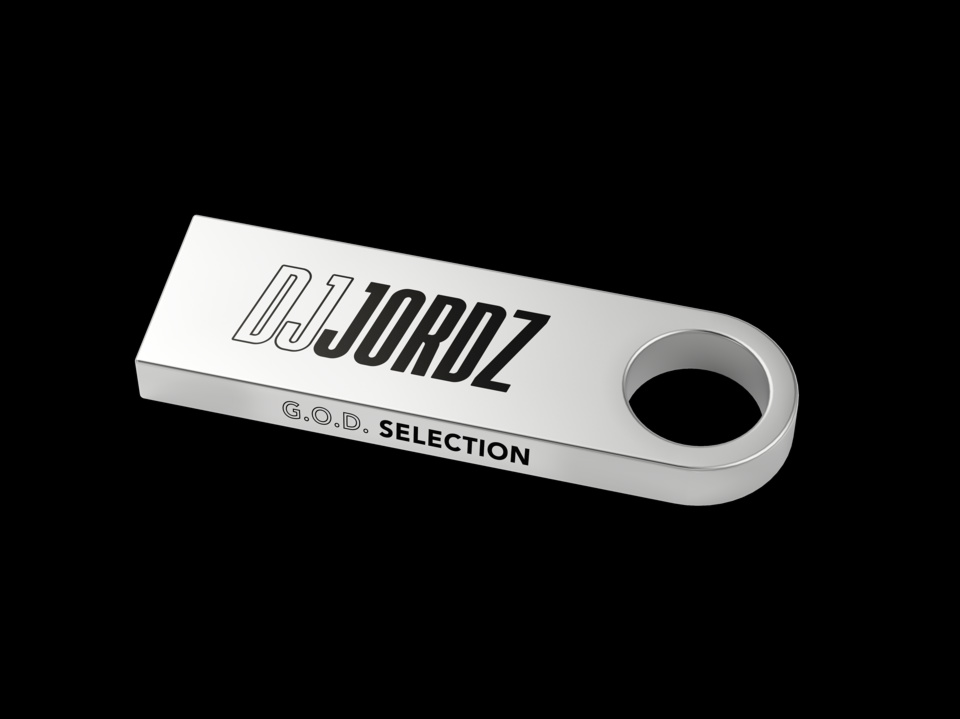
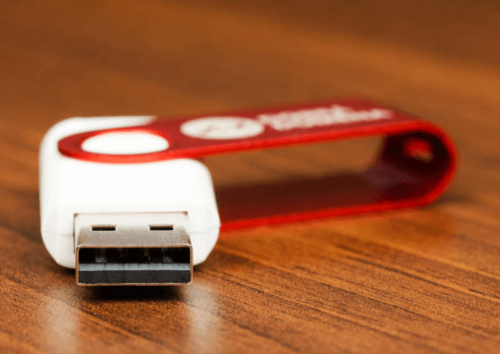


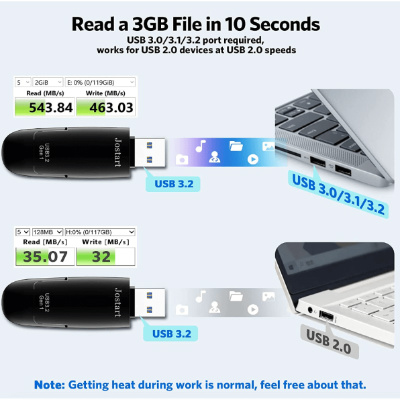

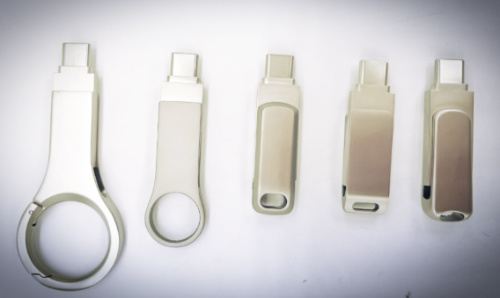 Type-C can also deliver power up to 100 watts, which we all love in our Android phone chargers, and support video output - up to 8K resolution!
USB Type-C is the most versatile and advanced type of USB drive, but it is also the most complex and incompatible with older devices.
Type-C can also deliver power up to 100 watts, which we all love in our Android phone chargers, and support video output - up to 8K resolution!
USB Type-C is the most versatile and advanced type of USB drive, but it is also the most complex and incompatible with older devices.
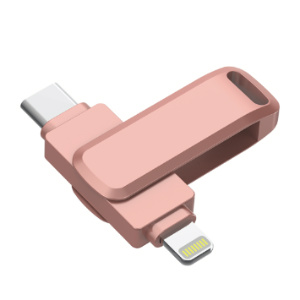 In fact, certain Apple devices (e.g. post-2018 iPads) use the Type-C port, so you may not need a Lightning stick at all.
In fact, certain Apple devices (e.g. post-2018 iPads) use the Type-C port, so you may not need a Lightning stick at all.
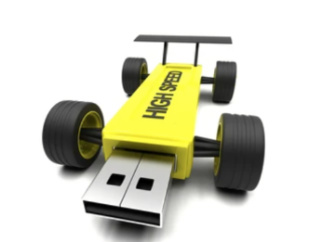
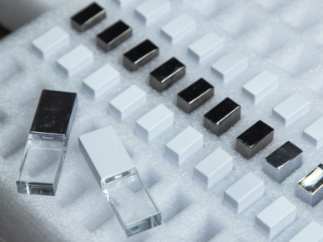 Bulk USB Drives
Bulk USB Drives
